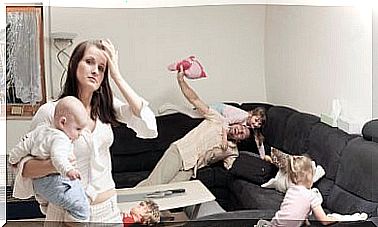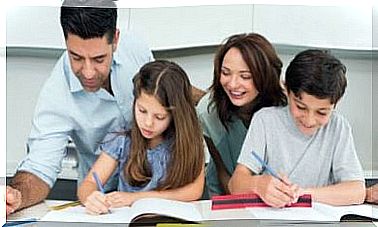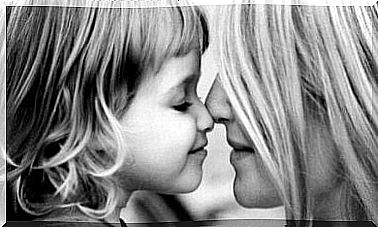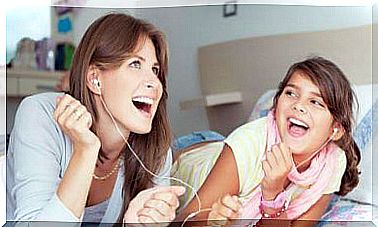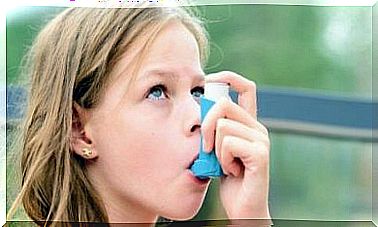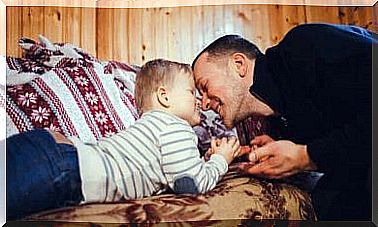What Can You Learn From Your Children’s Drawings?
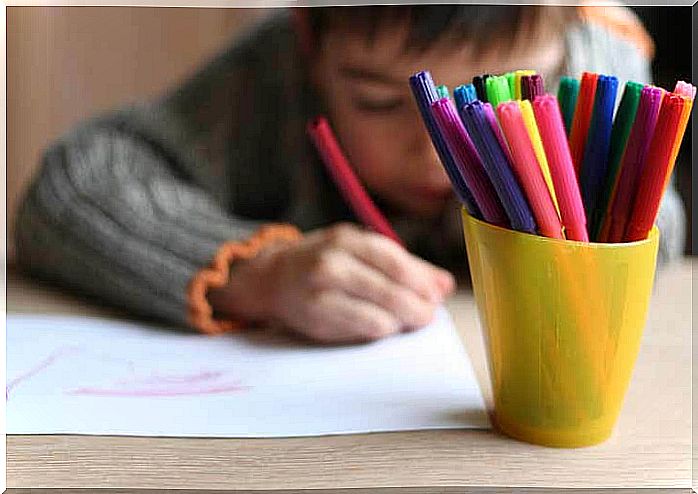
From the first graffiti to more complicated works of art, children’s drawings reflect features of their personality, their fears, emotions and how they see the world around them.
But what can you learn from your children’s drawings? In this article, we will help you interpret them.
The different stages of children’s drawings
Children’s drawings at the age of one
At this age, children do not yet have enough intention or ability to represent shapes, divr or objects in their drawings.
Nevertheless, you may be able to explore some early signs of your child’s temperament and emotional state.
Children’s drawings at 2 years of age
When they are two years old, children can generally give more shape to their drawings. These are no longer random lines without meaning: you can see shapes and contours.
These can be your child’s first attempts to draw an object from real life and to experiment with different colors.
Children’s drawings at the age of 3
At this stage, you may begin to notice shapes that can be identified as objects or people.
At the age of three, children’s drawings can show clear attempts to represent situations, characters and emotions.
The child’s first drawings of the human divn appear together with many other forms.
Children’s drawings at the age of five
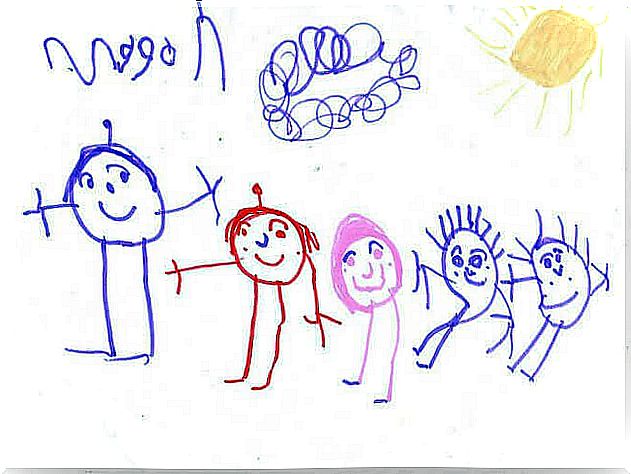
By this time, your baby’s cognitive structures in the brain have had time to mature and develop. Your child’s artwork is just one way to see how much progress they’ve made.
The human divn should be fully identifiable at this age and will have most of the following main elements: head, body, arms and legs.
Another important aspect that emerges at this time is differentiation.
This means that when your child paints different people in a picture, each of them will have different functions that distinguish them from each other.
This detail is an important sign of creativity and the ability to observe one’s surroundings.
Children’s drawings at the age of 6
From this age, your child’s style becomes more consolidated. Art is just another tool for communication.
Children’s drawings are a creative outlet that allows the child to reflect on the complicated mosaic of emotions and thoughts that move in her head.
As such, your child’s artwork can become an important window into their interior.
Now human divr and objects interact on paper. Your child should be able to draw things not only individually but also as part of a scene or a specific situation.
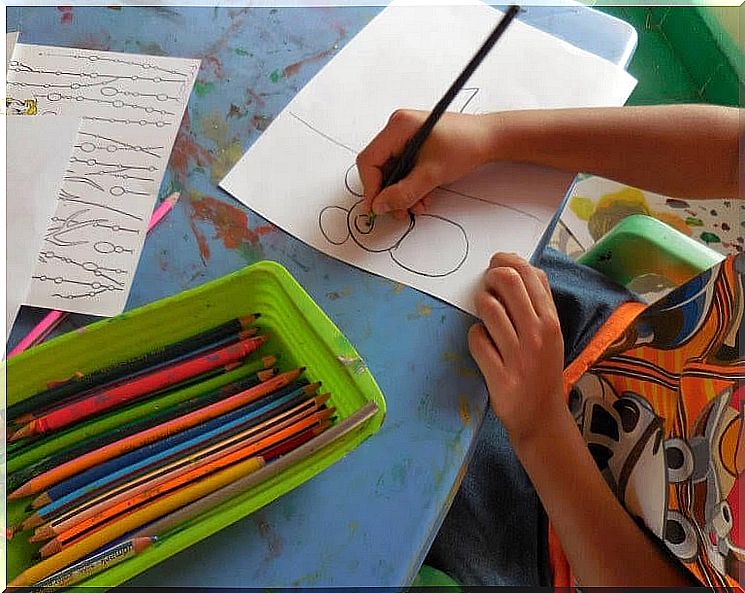
What do your children’s drawings tell you?
Children’s drawings contain several clues that can help parents understand what is going on in their thoughts.
However, it is important to remember that this is not an exact science. The most important aspects to look out for are:
How your child holds the pen
One of the most important things to look for is how your child holds the chalk or pen with his fingers.
A loose grip on the pen can mean that the child is relaxed, while a hard grip indicates tension or nervousness. To make it easier when the child later learns to write, it can be a good idea to show how to hold the pen in the right way already for a small child.
The size of the drawings
The size of each drawing can relate to the child’s tendency to be extroverted or introverted.
Children who are shy, with low self-esteem, tend to draw small drawings. Those who are more optimistic and outgoing will cover over half of the sheet of paper. Small artists may not even stick to the paper’s limitations but take their artwork to the table or wall.
The direction of the drawing
Usually, drawings on the left side of the paper indicate introversion and distancing, while drawings on the right side are a sign of communication and an extrovert personality.
The location of the drawing
If the drawing is at the top of the page, this may reflect a tendency to fantasize freely.
Children who are drawn to the lower edge of the paper, on the other hand, tend to need security and be realistic in their thinking.
Drawings on the right side are typical of outgoing children who look forward to the future, while their drawings on the left side are usually more introverted and inhibited.
Children who draw in the middle of the paper show good self-control and are realistic and objective.
Type of lines
- Pressure: If the child presses hard with the pen or chalk, this may be a sign of aggression or impulsivity. A very weak line may indicate shyness or inhibition.
- Form: straight lines are typical of aggressive personalities, although they also show that the child is in control of their emotions. Curved lines are a sign of softer, gentler character.
- Continuity: When the lines are broken, this may indicate uncertainty or difficulties with others. When the lines are continuous, this shows that the child feels safe and outgoing and has no problems getting along.
Shading
This is a technique that some experts interpret as a sign of distress or anxiety in children’s drawings. If it is in an older child, however, it is likely that they have learned this skill in school in the picture.
Deletes
When the child often erases or erases what he has drawn, this is a sign of insecurity.
Symmetry
Lack of symmetry can show that the child feels insecure or does not feel that she fits in.
Color selection
This is another way for the child to express their feelings in their artwork. If they use a lot of color, this shows joy, curiosity and motivation.
Children who always choose the same few colors show a certain uncertainty.
A child who feels very irritated can mix too many colors, applying one on top of another until they are almost unrecognizable.
A sentimental child will be attracted to cold, dark tones, while frightened children tend not to want to use any color at all in their artwork.
Children with obsessive tendencies color their works very carefully, and never go beyond the lines.

